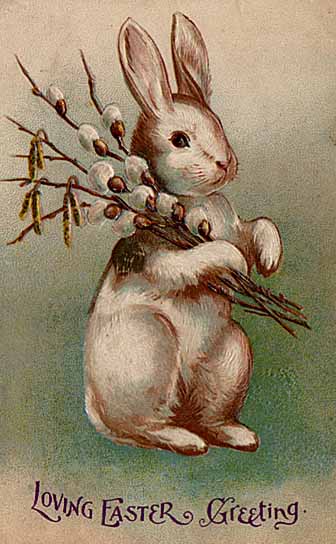 |
| Warning sign for police brutality. (Photo credit: Wikipedia) |
Today,
society as a whole has a tendency to define most actions taken or carried out
by police officers as forms of brutality. To fully understand the implication
of the word, one must look at the beginnings, of said word. The word brutality
originates from the Latin word Brutus, which translates to brute.
Brutality would be the act of all of the above. When breaking down the word as
such, it begins to take on a far more serious tone, possibly even frightening,
when applied to some of the simple circumstances that occur to day. Is it just
what we hear in the news and in the paper or is their a real issue here that
needs to be taken seriously? Do the police have a choice or are there some
certain times when a more forceful action needs to be taken against some of
these criminals.
Some
critics view most of police actions as being cruel, bordering on brutal. How
can they use such terminology to judge the countless men and women that risk
their lives daily for the safety of everyone, regardless of race, sex, or
orientation? These men and women have undergone extensive training, physical
and mental, as well as psychological. Some of what they have had to endure, to
fulfill a position performing a thankless job with little pay and very few
benefits, may well have toughened them up, but they are still human. They make
mistakes in judgment calls the same as anyone else. Some calls are purely based
on survival and how do we as citizen’s judge something like this when we have
never been faced with such raw evil.
Often,
some of the verbal, and too often physical, abuse they must persevere
throughout the course of a normal day would border on the definition of brutal;
however, society forgets those instances. They find it easier instead to judge
them by certain standards, yet ignore what is done wrong against them. Perhaps
it is the lack of support for police officers and the jobs they do, that we, as
a society, are forcing them to sever any emotional ties they once had for their
jobs, and making it almost necessary for them to react as strongly to any
situation as they are able. With little or no support, they are virtually left
on their own to survive in a world that most people do not even realize exists.
Instead
of applauding their achievements, we publicly criticize their actions and
decisions, only helping to further the dislike, distrust, and disrespect of police
officers everywhere. They and their families often feel ostracized from normal
society, and sometimes resort to forming their own 'societies or families'.
Perhaps it is time we take a step back and look at the terms us so freely use
against them, and in all certainty knows what is being implied at any given
time. Labeling them as brutal is
implying they are no better than animals -- would you call on your animals to
handle car accidents, homicide calls, or domestic situations? Of course they
are not. Laugh at the idea, but that is in fact what is being said.
We
might just have the definition of 'police brutality' down to an exact science,
but are we pointing our fingers at the right perpetrators? Police officers
suffer daily, through all types of abuse, and they are expected to maintain a
professional attitude at all times, while wiping spit from their faces, or
enduring a string of obscenities from a simple traffic stop. What then is this
called? I say it falls under the label of 'police brutality' only it is being
done to them, not by them. If we
want a change, it has to begin with us. Show support of the police officers,
follow the laws and take a stand against those that do wrong. They guard us
with their lives -- the least we can do is support them during ours.





